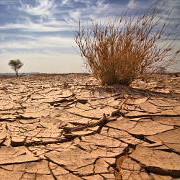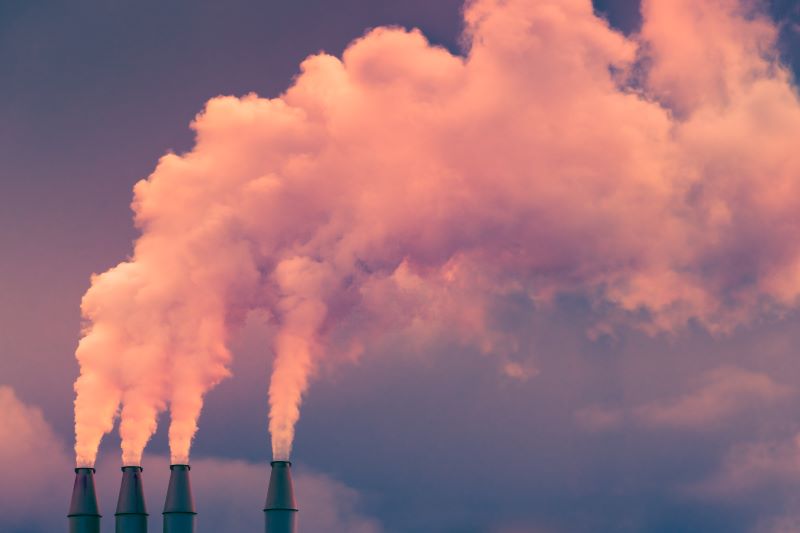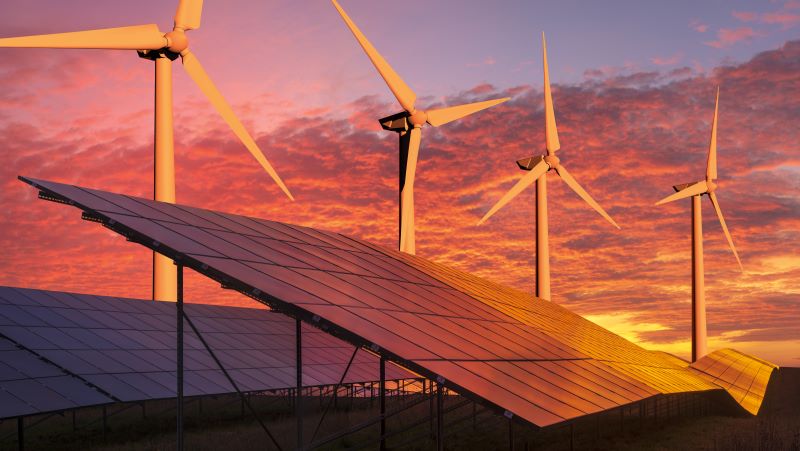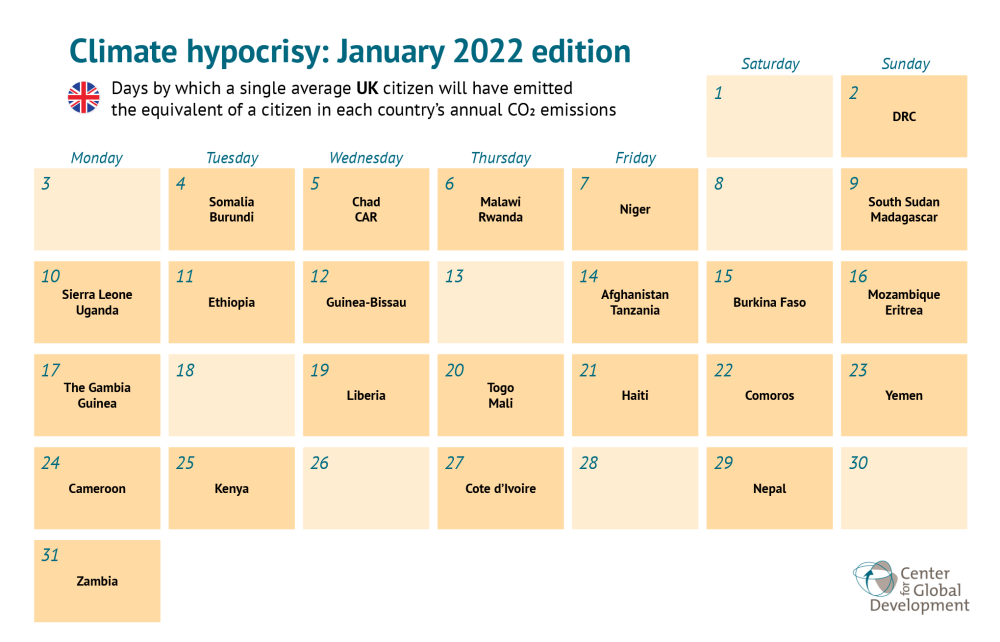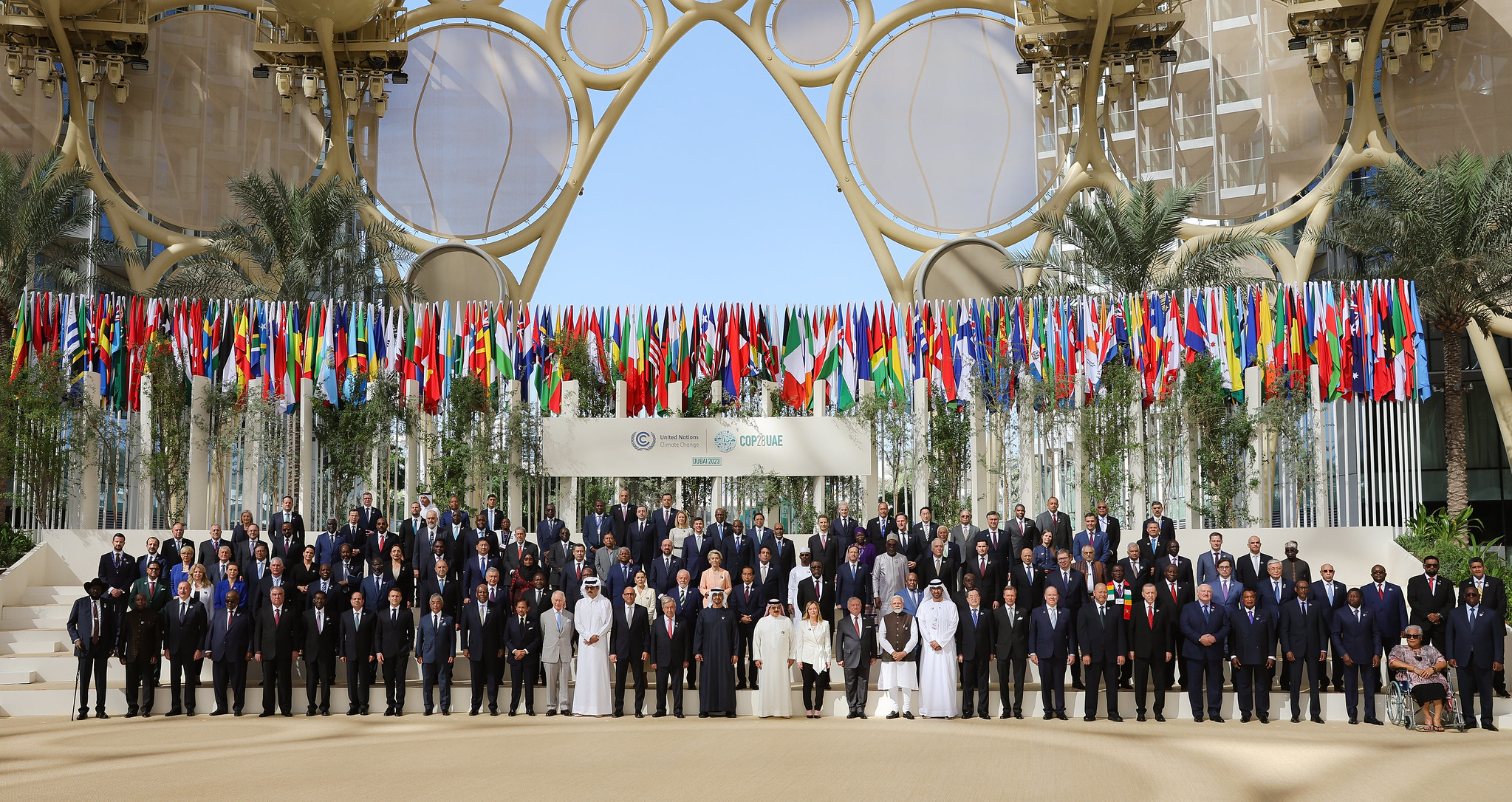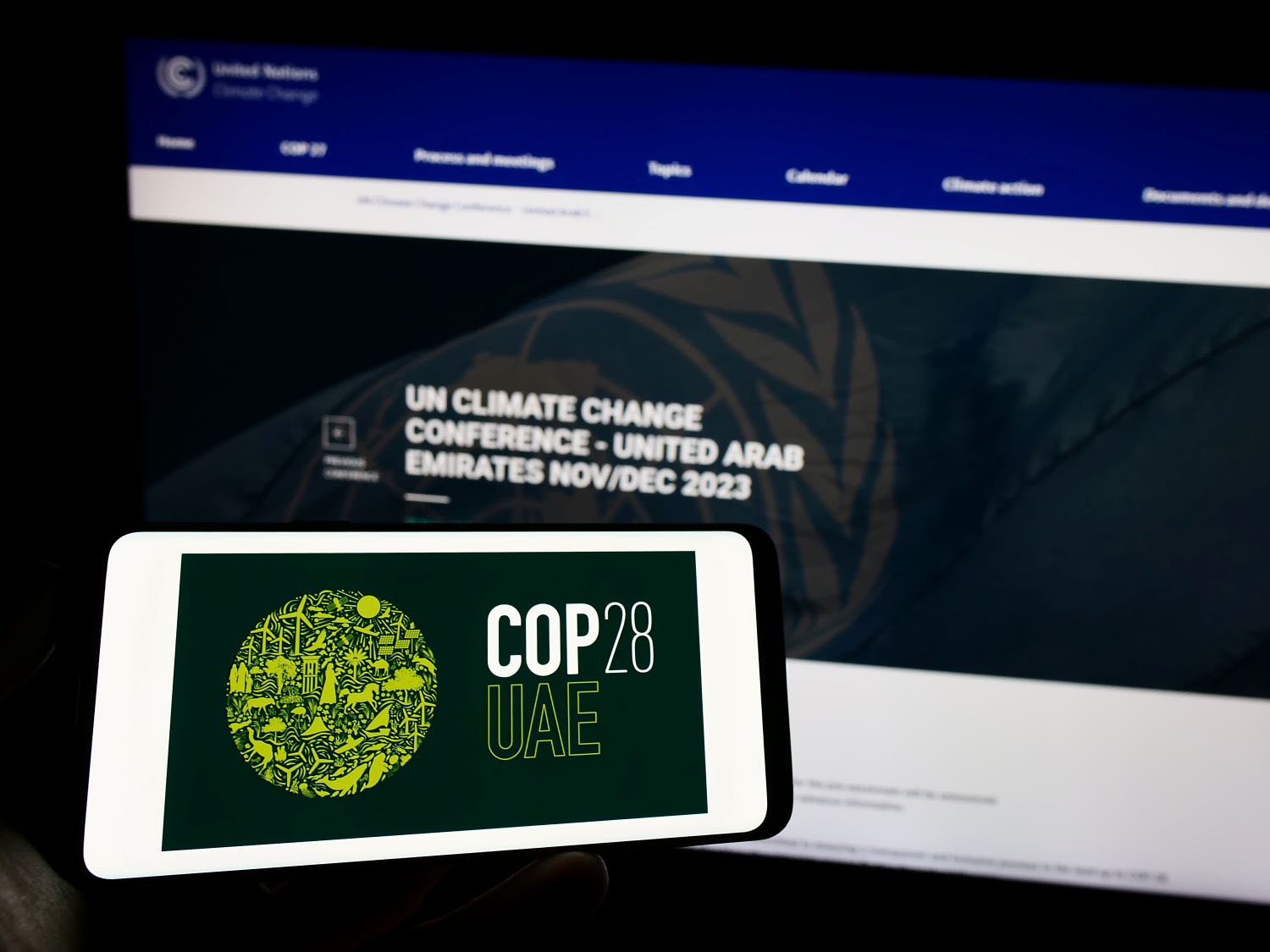This analysis covers UK emissions compared to lower-income countries. For a similar analysis of US emissions, see my companion piece here.
In 2022, discussions will continue about the role that development finance has in both reducing energy poverty in poorer countries, and tackling climate change. At COP26 there was lots of handwringing by rich countries about the extent to which aid (ODA) and other development finance should finance fossil fuels in poorer countries. On the one hand, it is obvious that poorer countries need to dramatically increase their energy use in order to attain a higher standard of living. On the other hand, with the climate emergency growing in urgency, some policymakers argue that it is perverse to fund any fossil fuel projects abroad, especially when poorer countries will be hardest hit by climate change. Some proposed projects—such as a pipeline transporting gas from Uganda to Tanzania ports—have faced strident criticism.
Underpinning this discussion should be an acknowledgement that there is vast inequality in energy use, and CO2 emissions, between richer and poorer countries. Just a few days of life in the UK produces more emissions than people in many low-income countries produce in the entire year. The CO2 emissions of the average UK citizen are estimated to be roughly 40 times that of the average Ugandan. If these emissions are spread evenly throughout the year, this means that on Monday (10th January) the average Brit will already have emitted more CO2 than the average Ugandan will over the whole year.
In fact, just two days into the year, the average Brit had already emitted more CO2 than the average person living in Democratic Republic of Congo, and—one week in—had surpassed annual emissions for Somalia and Burundi (4th), Chad and Central African Republic (5th), Malawi, and Rwanda (6th), Niger (7th). In total, the UK’s average January emissions will be higher than the annual emissions of around 30 low- or middle-income countries; the UK will pass roughly one country per day.
Figure 1. At what date will average UK persons’ 2022 emissions surpass annual emissions of other countries?
Source: World Bank Data
Where there are good opportunities to use aid to promote cleaner energy at the same time as fighting poverty, they should be taken. But the fact that people in the UK emit more CO2 in a couple of days than many LICs do in a year suggests that the opportunities to reduce CO2 emissions in LICs are minimal, given that there are so few to begin with, and there are such dire energy needs. As colleagues have found previously, LICs could build many more gas pipelines and still comprise only a tiny share of global emissions.
At COP26, a group of donor countries formed to pledge that no more development finance would be provided for fossil fuels of any type. While this was celebrated by some activists, it sits uneasily with the continued use of fossil fuel subsidies from the same countries, not to mention continuing plans for new domestic fossil fuel projects, such as a coal mine extension in Wales.
This hypocrisy has been noticed by several leaders of the global south. These donors could have a greater impact by pledging to eliminate fossil fuels. This would also save a lot more money: these countries collectively spent around $56 billion on subsidising production or consumption of fossil fuels, whereas stopping development finance for fossil fuel projects will reportedly save $19 billion. It may be politically more difficult, but climate action should begin at home.
CGD blog posts reflect the views of the authors, drawing on prior research and experience in their areas of expertise.
CGD is a nonpartisan, independent organization and does not take institutional positions.


